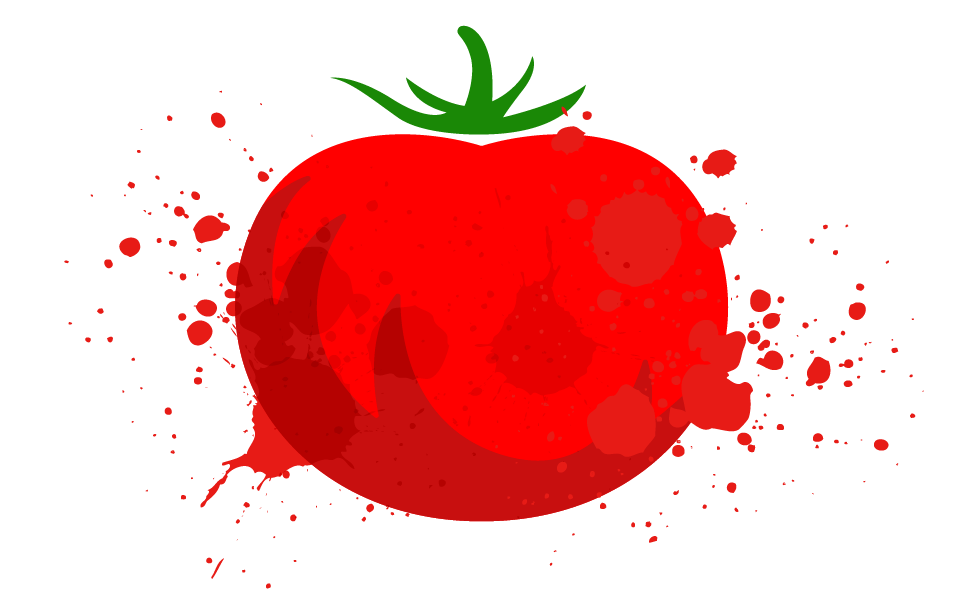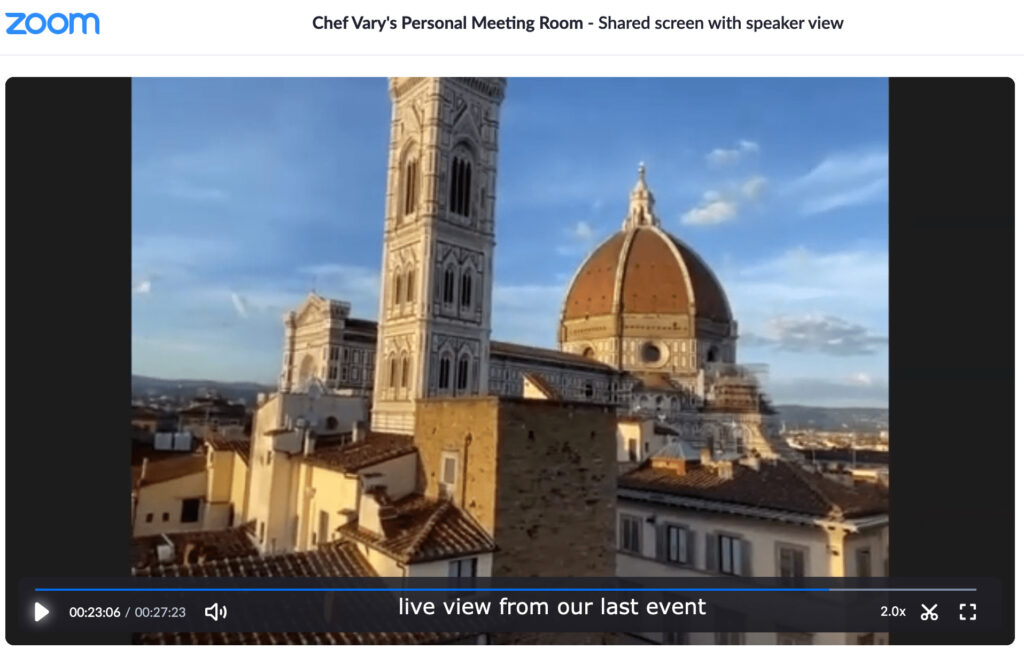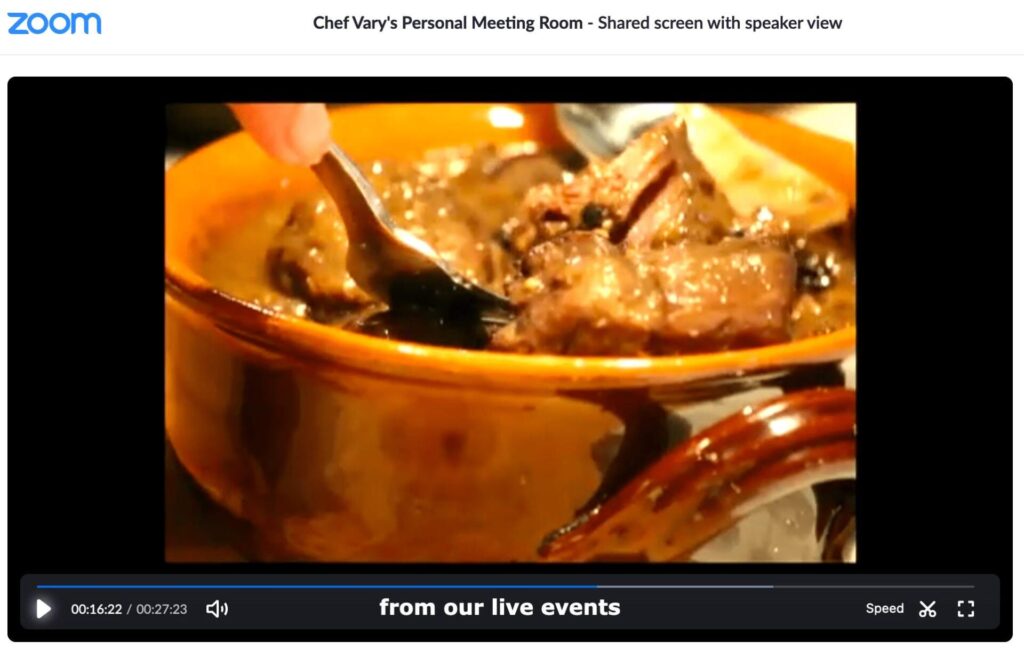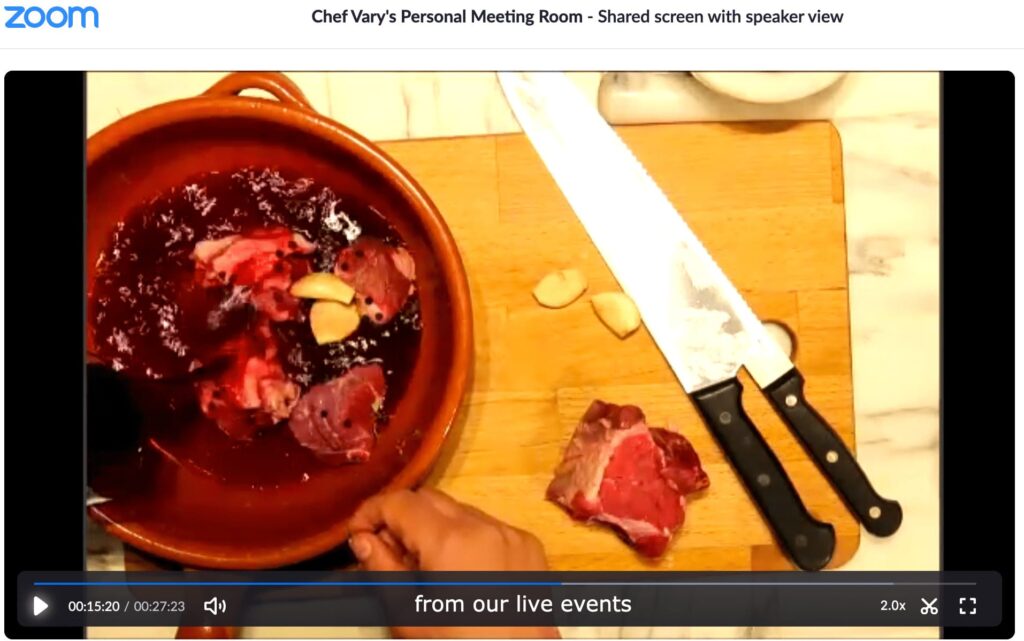Signup for Our Newsletter
Spam-free. Promise!


The protagonist of the history of today is the dome of the Duomo and Peposo stew.
In the 1400 people believe the cathedral was never going to be completed: a huge hole of 165 feet had to be covered with the biggest dome ever made by a man. The competition was held in 1418 and it was a Florentine architect to win: Filippo Brunelleschi. He planned the first self supported dome: to let the structure stand he created it with the use of a very light stone, differently from the rest of the building that is covered by marble. The dome is made of terra-cotta bricks, that were cooked in ovens where Brunelleschi decided to also prepare food for his workers: inside big terra-cotta pots they were preparing food for all workers. This is how Peposo was invented! To let the workmen avoid to go up and down the 463 steps that get to the top every day, Brunelleschi invented a system of pulley. To avoid then accident, he obliged the workers to drink as pregnant women did: they could only have half glass of wine with water!
(Thanks to Vanessa Garau for this historical introduction)

Filippo Brunelleschi in addition to taking care of the design and construction of the cathedral dome was responsible for the construction site and the workers.
The workers wasted too much time during the lunch break (they had to go down and up the dome) so he made the red wine and the peposo arrive on the scaffolding inside the jars.
The peposo seems to have originated in Impruneta, invented by the kilns who produced the famous “cotto”. They used to put the meat in an earthenware casserole at the mouth of the oven so that it cooked very slowly.
In the houses of the nobles or the rich the pots, similar to those of today, were made of bronze metal … terracotta was widely used in general in the poorest castes In all likelihood, a casserole (or caccabus) was used for the peposo: it was the most widespread and used type, generally it was used to cook over low heat.
The characteristic of this stew is the “non-use” of condiments (no oil, butter or lard)
Only beef the muscle meat or cheek not of value but rich in ribs and callosity that melting in the long cooking make the meat very soft and creamy
The pepper was to cover the not very fresh flavors of the meat and also favored the consumption of Chianti wine.
However, the preparation with pepper was later than 1400 because before the spices were sweet but later they became more popular.
Pepper may have been used after the mid-1400s when the Portuguese, in search of a way to the Indies, discovered a type of inferior quality along the western coasts of Africa and placed large quantities on the market, reducing costs: a pepper therefore African, but still pepper, an essential ingredient which the name cannot ignore.
Since this is a popular preparation there is no single recipe, we will try to suggest the preparation of one of the many versions of Impruneta’s Florentine peposo but NO tomatoes !
The tomato arrived in Europe in 1540 when the conquistador Hernán Cortés, returning to his homeland, brought some specimens. In Italy the tomato made its appearance in 1596 It became popular around 1700
It is no coincidence that there is also a “Peposo disciplinary” prepared by the Italian Academy of Cuisine in agreement with the Municipality of Impruneta. The ingredients provided are these: beef (muscle or cheek), peppercorns, garlic (optional), salt and of course Chianti wine. The tomato is not expected. If you want to taste a properly made Peposo, you have to take a tour of Impruneta in the first week of September, where a real competition between districts takes place. The
winner is the one who does it best, according to the opinion of a jury.

To cover the meat and cook at 160 celsius (320 F) about 3/4 hours
Contemporary technical information to obtain a perfect stew using the MUSCLE corresponding to the upper part of the forequarter (of the foreleg)
Knife to use if you use the bread knife that creates cavities, the juices will creep
By cooking the collagen in which the muscle is rich melts at a temperature of 68 celsius (154.4)
The meat loses water when it cooks the collagen dissolves it becomes jelly which reabsorbs the water so the meat becomes juicy again
Salt the meat first at least 4/5 hours before to give the salt time to penetrate and dry the outside
The ground pepper later because it does not penetrate the meat but burns
Large cubes size precisely because cooking is slow and the meat retains its flavor
Quick method you can also use an instant pot
remember to use a little wine otherwise the sauce could be too liquid.
Suggestion for a “modern” version but attentive to traditional ingredients
Cut the meat into not too small pieces
Salt the meat by massaging a little
Place the meat in the refrigerator for at least 4/5 hours
Add very little oil to a pan
Lightly flour the meat
Brown the meat on all sides
Add wine and pepper

The bread with which it is eaten is the famous Tuscan bread without salt. Why without salt? there are many theories but the most logical one would seem linked to the fact that the tax imposed on salt was too high so it was eliminated from the bread. This is in fact found in a large part of central Italy. The other theories are linked to the fact that meats and cheeses from central Italy are very tasty but these products were only for the rich while bread was the basis of the diet of most of the population so the story linked to taxes would seem concrete.
Spam-free. Promise!
2024 © All Rights Reserved Chef Vary Group by Giglio Bianco snc • P.IVA 07286910489 • Design by Creativa